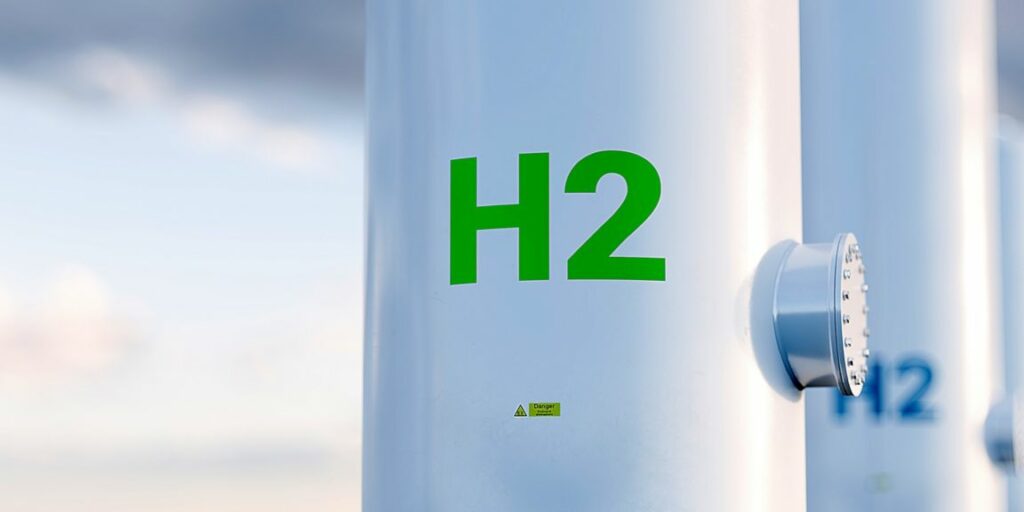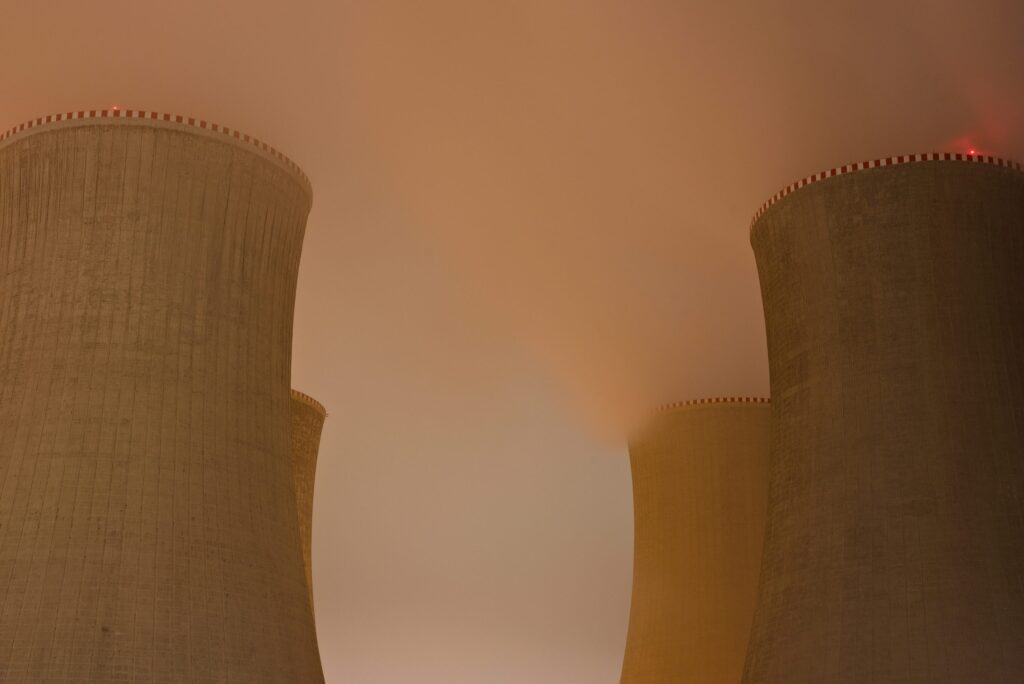In the midst of all this panic the New York Times reports that hydrogen is not clean fuel. And while one might be tempted to groan “you people are just against everything, aren’t you?” we instead compliment them for taking a serious look at alternative energy options including their drawbacks. And then we drag in Lorrie Goldstein from the pages of the Toronto Sun to recommend that they reconsider replacing fossil fuels with, yes again, nuclear power, but also with fossil fuels. Because sometimes it is one’s duty to state the obvious, as in: “A serious solution is to replace one fossil fuel with another. That is, replacing coal-fired electricity with a combination of natural gas-fired electricity — which burns at half the carbon intensity of coal — and nuclear energy, which does not emit greenhouse gases linked to human-induced climate change.”
It’s remarkable how bad the Times says hydrogen is. Of course it’s just one news story even if it waves the juju about a new “peer-reviewed study”. But it warns that “Most hydrogen used today is extracted from natural gas in a process that requires a lot of energy and emits vast amounts of carbon dioxide. Producing natural gas also releases methane, a particularly potent greenhouse gas.” One hopes the author, a climate scientist armed with a BA in International History from the London School of Economics and Political Science, knows that natural gas is, essentially, methane. But let us not get sidetracked. The key point is that “while the natural gas industry has proposed capturing that carbon dioxide — creating what it promotes as emissions-free, ‘blue’ hydrogen — even that fuel still emits more across its entire supply chain than simply burning natural gas, according to the paper, published Thursday in the Energy Science & Engineering journal by researchers from Cornell and Stanford Universities.” And burning natural gas we know how to do.
Hydrogen has been touted by fanatics as the fuel of the future since 1836 which suggests, given all the advances in other energy sources, that the technical difficulties are considerable. And while it may one day work, on climate we’re told there’s no time to lose. Which brings us back to Goldstein, who is no “denier”. At least, his piece includes the caveat that his argument “is not to suggest that a projected global temperature increase by 2100 double what the IPCC’s scientific advisors call for isn’t a serious problem, one that will adversely impact human and planetary life.” But he’s also no fool.
He rubbishes UN Secretary-General Guterres for saying “this report must sound a death knell for coal and fossil fuels, before they destroy our planet” when there is no prospect whatsoever of destroying the planet and the IPCC makes no such claim. Instead, he notes, “the UN’s Sixth Assessment report says it is now unlikely catastrophic events such as ice sheet collapse and abrupt changes in ocean circulation will occur. It says we are unlikely to experience the most extreme temperature increases projected in earlier studies, although we’re on track for an increase of about 3C by 2100, double the IPCC’s goal of 1.5 C.”
Still, if you believe man-made climate change is both serious and urgent, you need to be willing to take readily available practical steps without delay. It’s bad enough when, say, Britain’s “Climate Czar” Alok Sharma (and we ask again who thinks Czarism a desirable political model) who is also the chair of COP26 was caught driving a diesel car this summer and mumbled feebly that his next would surely be electric, and was also caught flying 25 times in three months in the spring of 2021, covering 73,853 miles and visiting 19 countries, with staff. But these are personal hypocrisies by the self-important. It’s worse on policy.
Thus a silly piece in Gerald Butts’ GZero SIGNAL newsletter said all we need to do is convince China, India and others to slash emissions, pay African countries to do the same, find common ground in domestic politics (a term here meaning everyone should admit Butts is right) and get the private sector on board a term here meaning “Businesses must come under intense pressure by both lawmakers and consumers to never put profits over the planet, and that they too must all go ‘net zero.’ What’s more, they should all the technology they develop to curb emissions, particularly carbon capture and storage.”
This recommendation isn’t just fatuous because of an inauspicious item in MIT Technology Review noted pointedly, “The UN climate report pins hopes on carbon removal technologies that barely exist” or its desire to accomplish six impossible things before breakfast. It’s because what we really need to do, if doom looms and we must cut emissions now, is put the pedal to the metal not on unproven or unreliable things with huge hidden environmental costs, from solar to wind to hydrogen, or on will-o-the-wisps like carbon capture, but as Goldstein notes on two technologies that do exist and work: nuclear power and natural gas generation. Both are mature, dependable, safe technologies ready to go. And if you believe one quarter of the yelling about extreme weather and social collapse and mass death if we don’t cut net emissions drastically within 30 years, you’d be dropping all the other cutesy-poo vote-buying subsidies and programs and building those plants at top speed. Nobody is.



Hydrogen, no matter what 'colour', is not a fuel. It is a means of storage and transmission of energy. Hydrogen is never found 'free' in nature, as it is just too eager to clasp hands with some other atom, so it has to be made from something, using energy, which it gives back when you combine it with, usually, oxygen. This is in contrast to methane, which survives in the environment for a short while (as long as it is kept away from sources of ignition, and, again, oxygen), but can be captured and stored and then burnt to release its energy.
Analogous to a battery, hydrogen can be stored on board a vehicle, and either burnt in an internal combustion engine, or in a fuel cell. The drawbacks include having tanks to keep the hydrogen under pressure, which must be cylindrical, or toroidal, to resist that pressure, which makes them hard to accomodate in small passenger vehicles, but maybe easier in large trucks. Hydrogen molecules are ver small, so it leaks out of most containers, and causes cracking in many materials, so it is difficult to keep for any length of time.